A decade after the historic first detection of gravitational waves, scientists operating LIGO and its partner observatories have secured strong observational evidence confirming an idea first proposed by Stephen Hawking in 1971: when black holes merge, their combined surface area (that of the resulting black hole) must be larger than the sum of the areas of the original two. This principle is known as the Black Hole Area Theorem.
The Key Discovery
- The event in question, labeled GW250114, was observed with exceptional clarity. Two black holes, each roughly 30–40 times the mass of the sun, merged about 1.3 billion light-years away.
- Because the signal was much cleaner than many earlier ones, scientists were able to extract both the “inspiral” phase (when the black holes orbit each other) and the “ringdown” phase (when the newly formed black hole settles). This level of precision made it possible to measure the masses and spins before and after the merger.
- Using those measurements, researchers compared the total surface areas of the original black holes with the surface area of the remnant. The result? The area theorem held up: the remnant’s measured area was significantly greater — even after accounting for energy lost via gravitational waves and the spin of the merged black hole.
Why This Matters
- Hawking’s theorem is one of the central predictions of black hole thermodynamics, connecting general relativity with ideas about entropy and quantum mechanics. Until now, tests of this theorem have been limited by weaker signals or noisier data.
- This measurement raises confidence in our understanding of how gravity behaves in extreme regimes. It strengthens the case that the very objects that seem exotic — black holes — behave in accordance with theoretical predictions, even in violent, high-energy collisions.
- By confirming that black holes adhere to the Kerr metric description (depending only on mass and spin), physicists also reinforce a piece of Einstein’s general relativity that had lacked strong empirical support in such extreme settings.
After 10 Years: LIGO’s Evolution
- When LIGO first “heard” gravitational waves in 2015, the world of astrophysics celebrated a transformative discovery. What was then a breakthrough proof-of-concept for detecting spacetime ripples has now become a precision tool for probing fundamental laws of physics.
- Advances in detector sensitivity, improvements in noise reduction, and refined theoretical models over the past decade have made signals like GW250114 clearer, louder, and more interpretable.
- LIGO now operates in concert with Virgo in Europe and KAGRA in Japan, forming a global network of gravitational wave observatories that can cross-validate findings and increase detection capabilities.
What’s Next?
- Researchers will seek to test even more challenging predictions — for example, whether the area theorem holds in cases involving strong black hole spin, highly unequal masses, or more complex merger dynamics.
- There is also interest in detecting and characterizing higher “overtones” in the ringdown signals, which could give even more insight into the nature of the remnant and whether it matches the pure Kerr black hole ideal.
- Finally, as detection sensitivity improves and the catalogue of black hole mergers grows, scientists may spot exceptions or limitations to current theoretical models, which could point toward new physics beyond general relativity and classical black hole theory.
Summary
With GW250114, LIGO celebrates not just ten years of gravitational wave astronomy, but also a milestone in confirming one of black hole physics’ most enduring theories. Hawking’s area theorem — long an elegant prediction — has now joined a growing body of observations that suggest the universe, even in its most violent extremes, follows deeply ordered mathematical laws.

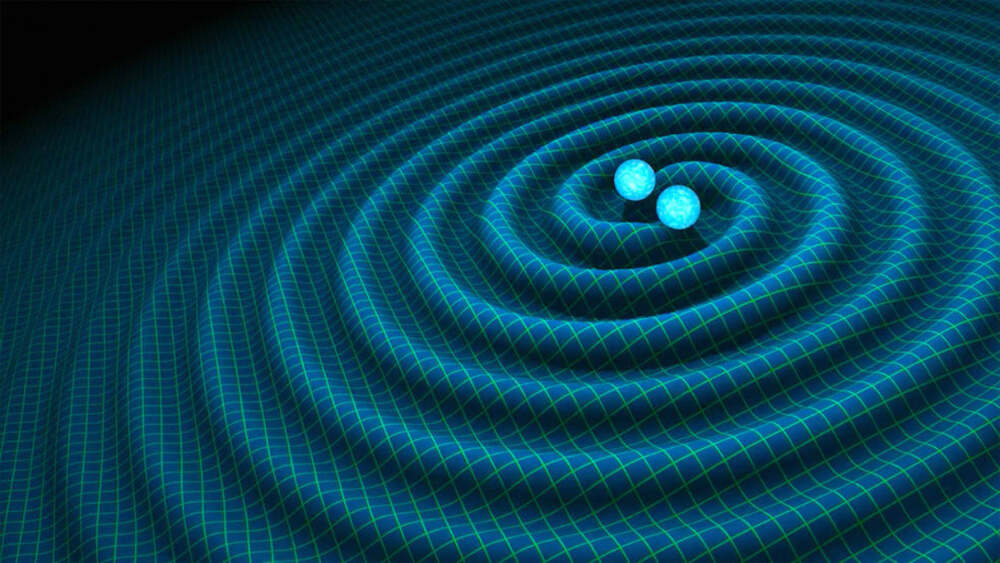


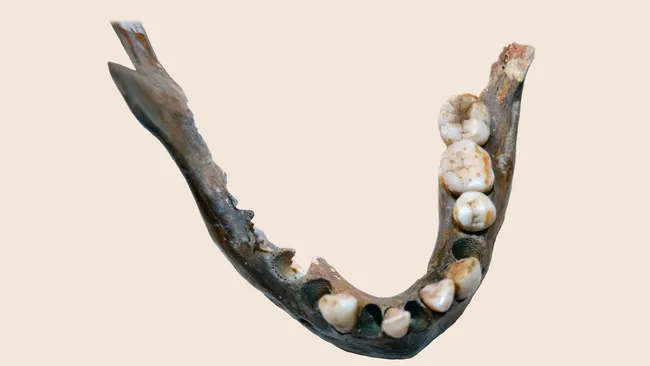
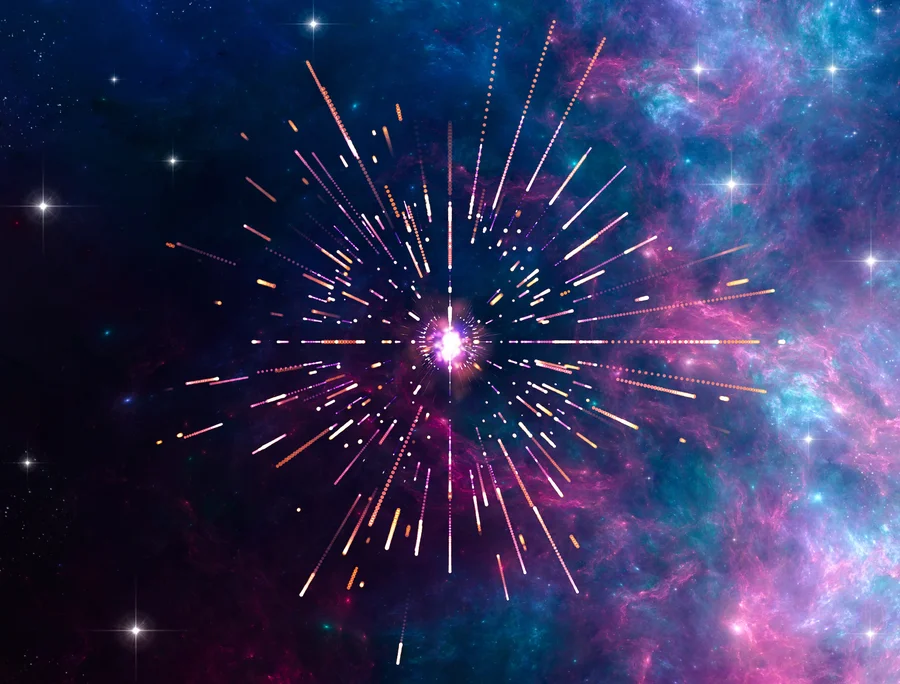





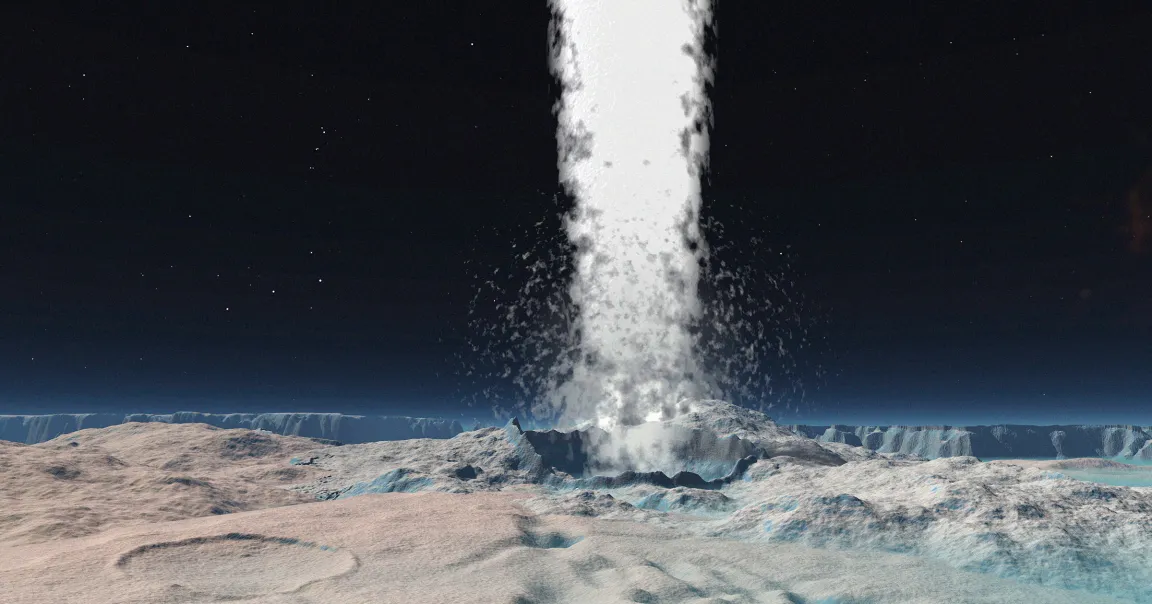



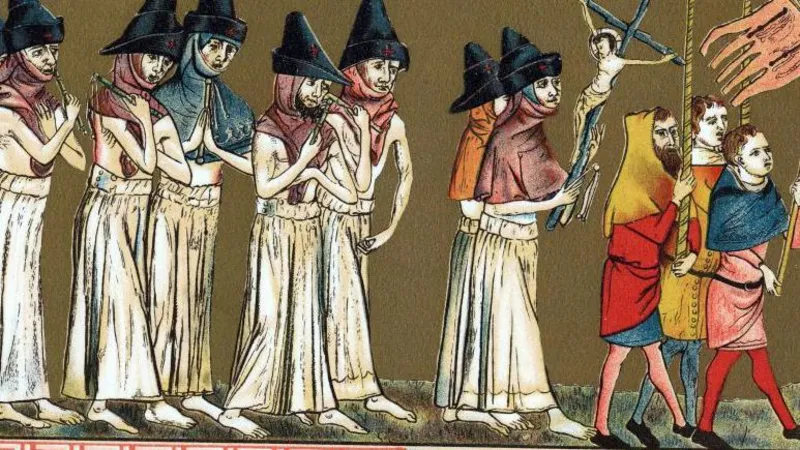
Leave a Reply